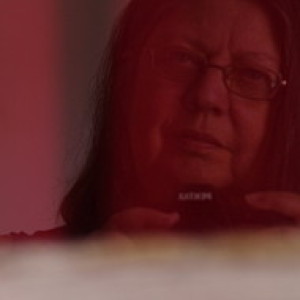La crotz occitana e lo solelh*
I've been thinking about blipping and writing about la crotz occitana, the Occitan cross, since Kendall blipped her lovely carved river stones. I'd planned a collage of several examples of the way this symbol is used in the Languedoc - on the Occitan flag and on houses and gateways and walls - but this morning this was the only one I managed to photograph (I saw quite a few others, but for one reason or another didn't manage to get pictures of them). This is a nice example of a modern design, in marble and slate, using the traditional symbol, in the village of Saint-Geniès-de-Fontédit (Saint-Genies-de-Fontarecho in Occitan), and entwining it with a stylised vine, something almost as important as the sun in this area.
* the Occitan cross and the sun
The cross is also known as the cross of the counts of Toulouse, the one-time capital of Occitania. Its origins are the subject of many different theories, but it is said to pre-date the Christian cross and the twelve pomettes (little balls) around the perimeter may have originally represented the signs of the zodiac. Examples of the design have been found in 9th-century Turkistan and in China. Whatever its roots it has become an important marker of belonging in the Midi, of its difference from northern France and the symbols of the French state which are seen only on official buildings here. People choose to put la crotz occitana and its red and gold depiction on the flag on their houses rather than the tricolour.
I'll work on the collage one day soon (if I can work out how to make a collage), but here's a link to an earlier blip of mine showing an Occitan balcony.
And this morning, from outside Occitania, my copy of the quarterly magazine Poetry Wales arrived, with the article I wrote for it about the Mediterranean poetry festival in Lodève last summer - those hot days of poetry in the sun seem a long way off at this time of the year!
- 2
- 0
- Pentax K-7
- f/7.1
- 35mm
- 200

Comments
Sign in or get an account to comment.


